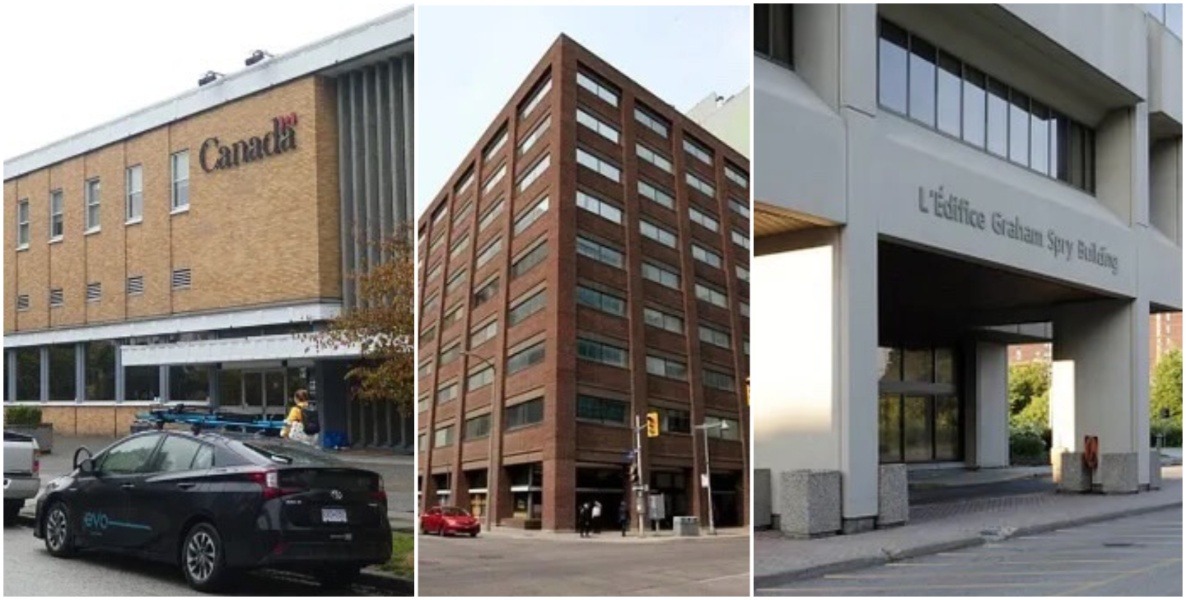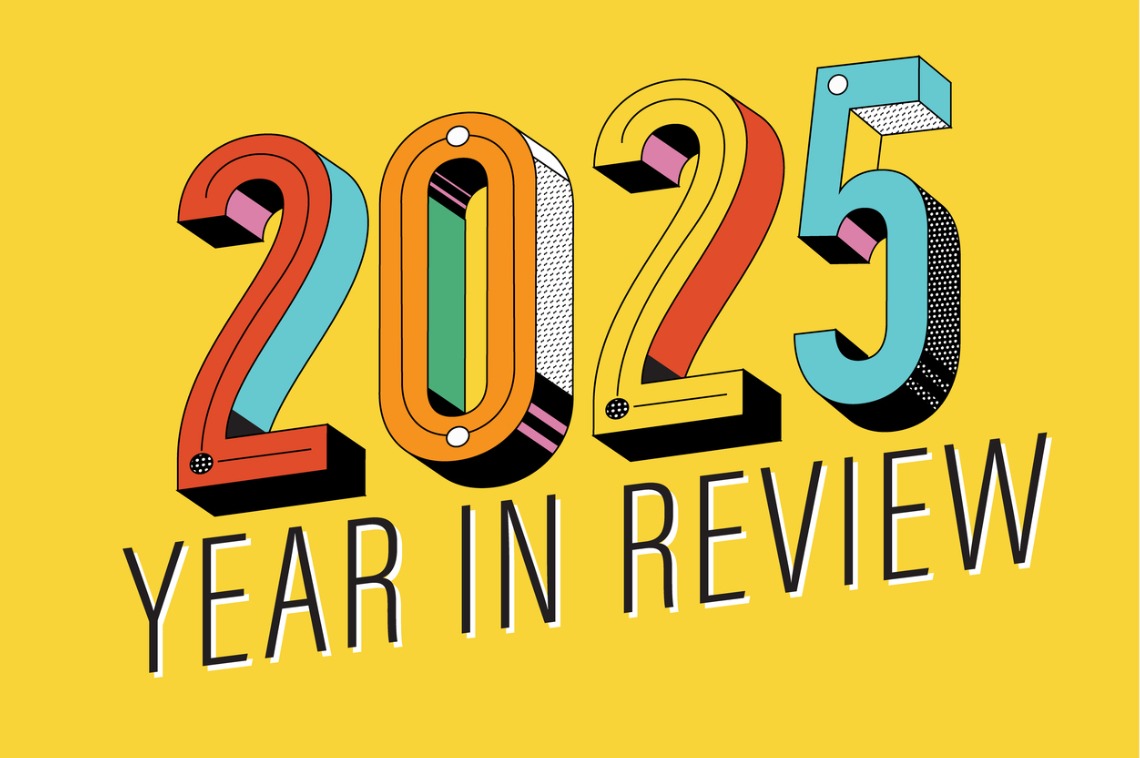N
ew Urban Order: The Hottest New Real Estate?
Governments are now using their own property to increase affordable housing. Canada has launched a national public land bank to convert vacant and underutilized assets into affordable units. This initiative has identified 56 properties in cities from Vancouver to Montreal and many in between. It's equivalent to 305 hectares (33 million square feet) of federal property, which is about 2,000 hockey rinks.
How is this Canadian land bank different from those of the past? Firstly, it's a national-scale initiative, unlike previous land banks which were regional or local in nature. While Kamala Harris proposed repurposing federal land for affordable housing, her proposal didn't call for a national land bank. U.S. housing market research and media company Resi Club suggested that building on rural federal land wouldn't significantly move the needle due to its acreage. However, there are valuable urban properties in the U.S. federal government's possession, particularly in the Washington D.C. region. The Office of Management and Budget recently issued a report to Congress on federal government telework and real estate, which identified millions of square feet of government-owned or leased office space for reduction.
The second way this land bank is different is that unlike many land banks which aim to hold land for eventual sale, Canada is offering long-term leases. This allows the government to avoid maintaining the land while capturing its upside and deciding its future use years later. This approach ensures permanent housing affordability or provides an opportunity to sell the land at a higher price later on. As the Canadian example shows, the sell-off strategy is becoming less popular, and governments are adopting tactics more typical of community land trusts.
In Philadelphia, a city-owned land lease for a mixed-income affordable housing project without public subsidy is being cut next month. The Parker is an alternate approach to traditional affordable housing development, where the city sells a property to a Low-Income Housing Tax Credit (LIHTC) developer for $1, then provides gap financing using federal or local funds to subsidize construction. In this traditional model, affordability is locked in for just 40 years, which can seem like a long time initially but can pass quickly as we see with many 1970s and 1980s housing projects whose affordability is expiring in the 2020s. In Philadelphia, about 20% of the city's affordable housing stock is set to expire in the next decade.
More cities are looking to take on a strategic role in developing their land rather than dispossessing it. New York City Mayor Eric Adams recently issued an executive order requiring all agencies to review their property holdings for potential housing development sites. The city has created a task force to review city-owned land for potential housing development. According to Curbed, the city owns over 5,000 parcels and 362 million square feet, making it the largest landowner in the city. There must be opportunities there.
The genius of using existing buildings is that construction costs are lower, even after major renovations. The approvals process is faster when the city is the owner, and a neighborhood is accustomed to a pre-existing structure. Most importantly, a ground lease deal allows the city to control the project's affordable housing. Too many cities, even smaller ones, have been burned by simply turning over land only to see it result in market-rate units doing little to solve the affordable housing crisis.
In Central Falls, Rhode Island, a new train link has positioned the city to experience intense gentrification similar to nearby Providence. Older abandoned properties are frequently renovated into luxury apartments. However, the city is keen to take on the role of developer, most recently announcing its plan to turn its old police station into housing. Recently, a Harvard Graduate School of Design studio helped the city consider options to build housing on a nearly 2-acre former manufacturing facility. While Rhode Island's punitive eminent domain laws have prevented Central Falls from more aggressively pursuing other abandoned buildings, in many other cities, a lack of appetite to expand government-led development tends to thwart new public development. However, attitudes towards public development and public housing are changing.














